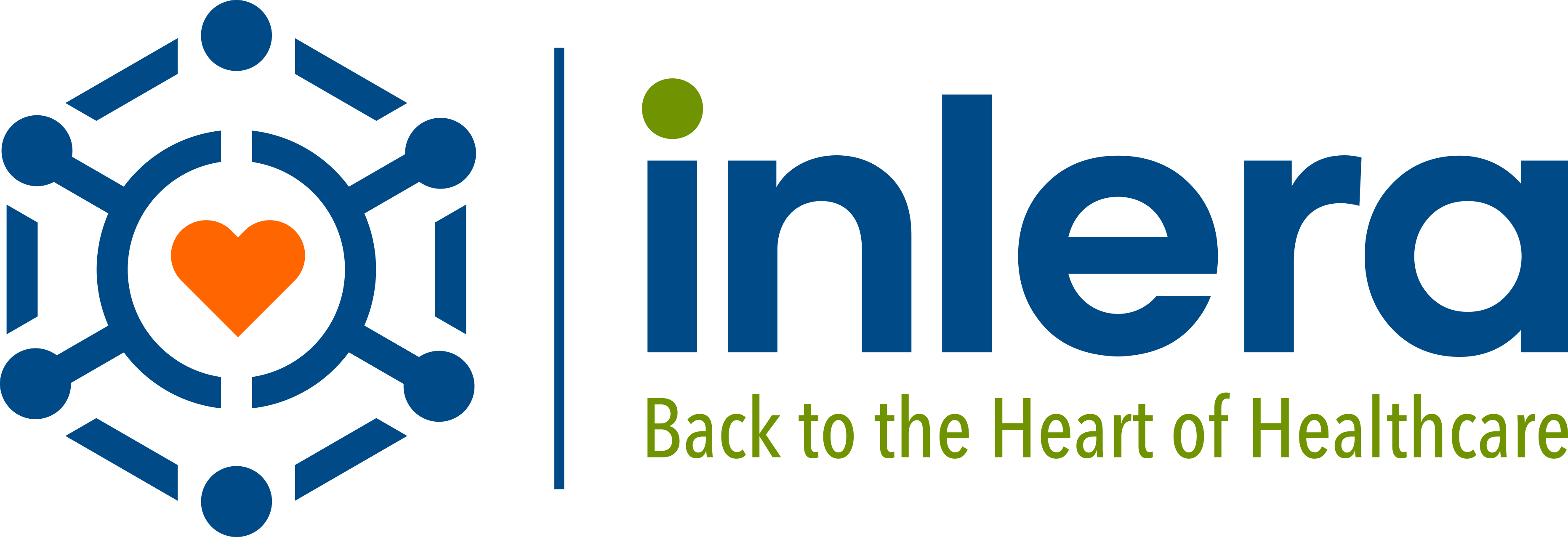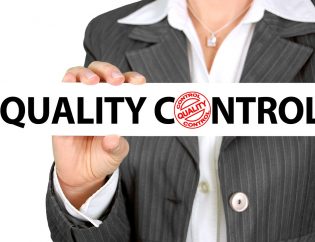
We cannot stress this enough, making sure every provider is properly credentialed within your organization or practice is of the utmost importance. When this process is completed in full, it protects the organization from potential lawsuits and assures the patients they are being treated by providers who are qualified and licensed.
Credentialing is a word that’s tossed around frequently in the healthcare industry. It is debatably one of the most important processes when it comes to protecting both an organization and a provider. Being credentialed is a required process for any healthcare worker to go through - whether the process is done properly or not is up to the organization.
Credentialing is a broad term that can have many meanings, as some people confuse it with the contracting process, which happens after all credentials have been verified. The core definition of credentialing, as stated by the National Library of Medicine, is “the process of assessing the academic qualifications and clinical practice history of a healthcare provider.” Through the credentialing process, the organization is ensuring the provider is qualified to perform proper care to their patients safely.

Credentialing: Let’s Break It Down
The formal process for credentialing a provider is called Primary Source Verification, which is essentially a background check of the provider's work history. The provider looking to join an organization must provide all of the necessary credentials to be verified.
During this process, the following credentials are verified:
- Education/diplomas
- Residency certifications
- Specialty training certifications
- Licenses required to practice
- Work history
- Specific qualifications
- References
If there’s missing or incorrect information from any of the above components, it can cause significant delays in the process. The world of credentialing is still standardized with little structure, so when errors occur, it leaves a lot of room for delays. When delays happen, it postpones the start date for a provider, which results in a loss of revenue.
As always, a practice or organization should perform their own credentialing for their providers to ensure they are both compliant and able to treat patients safely. Once the provider’s credentials are verified to be true through the Primary Source Verification process, they are given the proper credentials to practice within an organization. Only then can they move into the contracting phase, which ensures they are enrolled with insurance companies to be properly compensated for their care. Insurance companies will also complete their own credentialing process as a first step prior to entering the contracting phase.
Potential Red Flags
While we want to think a provider would always want to safely practice in their field, there will unfortunately be bad seeds an organization needs to look out for. When going through the credentialing process, if any of the below red flags pop up, it’s best to investigate further before beginning the official hiring process. If you or your team fail to catch one of these, you could be opening your practice up to a slew of lawsuits.
The most common and easily detectable red flags:
- Relocating frequently or multiple practice changes
- Unexplained gaps in resume
- References that express concerns
- Fraud investigations or claims
- Malpractice claims or lawsuits
- Information the applicant provides doesn’t line up with what’s being received from references
While there could very well be a legitimate reason for any of the above instances, it’s still in your best interest to investigate further.
Importance of Proper Credentialing
With the credentialing process being so labor-intensive, both accuracy and patience are a requirement to properly credential a provider. If you’re currently relying on limited staff and administration to carry out the credentialing process for your organization, you may notice significant delays in your hiring process.
Whether you are referring to the initial credentialing process (done with new employees) or the never-ending credentialing follow-up (including updating and verifying information is still correct), it’s so important to have a team that’s strictly dedicated to making sure all providers’ credentials are up to date. This is why it’s critical to have a strong credentialing team on your side. When you work with professionals who specialize in this area of work, you’re able to focus on your practice. Inlera does just that. Let us take the credentialing burden off your organization's shoulders. Trust us, you will not regret it.

Jasmine Vializ is the President and CEO of Inlera, a billing and practice management company designed to increase the quality of healthcare by helping doctors to prioritize their patients while boosting their bottom line.










